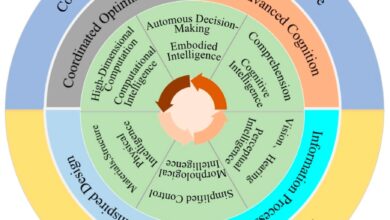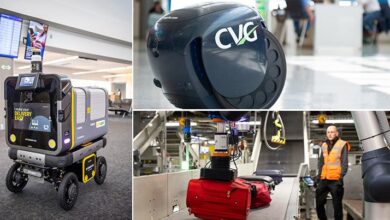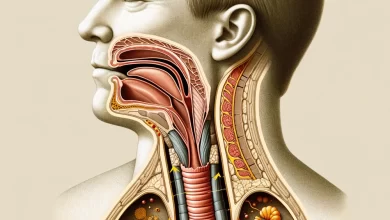collaboration and humanoids on the rise

The robotics industry is on the cusp of significant transformation, driven by two major trends: human-robot collaboration and the emergence of humanoid robots. Once thought to be a decade away, humanoid robots could now become a reality within the next three to five years, according to industry experts.
Aurotek has identified a notable shift in automation trends, moving from single workstation automation to full production line automation. This evolution is reshaping the market’s focus, favoring collaborative robots designed for human-robot interaction and logistics handling robots.
The economic dynamics are compelling. As labor costs climb and robot costs drop, the incentive for businesses to adopt robotic solutions grows stronger. China, the global leader in robot adoption, now accounts for about 40% of worldwide sales. Data from GGII reveals that the current hourly labor cost is six times higher than that of collaborative robots. This cost disparity is expected to widen further as the manufacturing costs of collaborative robots decrease and labor costs rise due to an aging workforce.
In logistics robots, the present market is largely dominated by Autonomous Mobile Robots (AMRs) operating within factory settings. However, the demand for logistics automation beyond factory walls is expanding.
Aurotek highlights that tasks such as loading, unloading, picking, and transferring goods at factory docks still rely heavily on manual labor. While in-factory logistics automation is maturing, logistics automation between factories remains underdeveloped. Aurotek is currently testing L4-level unmanned transport vehicles in Taiwanese industrial parks in Southeast Asia, anticipating demand for such innovations will soon emerge.
Beyond collaborative robots, the rise of humanoid robots represents another transformative trend. Despite some industry skepticism regarding their current stage of development and the challenges of cost and commercialization, Aurotek forecasts that humanoid robots will soon penetrate household and commercial sectors. Originally expected to take 5 to 10 years to materialize, these robots may now be just 3 to 5 years away from becoming mainstream.
The robotics market is flourishing with diverse innovations. Industry insiders predict that future service robots will be composed of 80% intelligence and 20% kinetic energy, while industrial robots will invert this ratio, comprising 20% intelligence and 80% kinetic energy. Service robots will manage varied and complex tasks with light loads and lower precision requirements, whereas industrial robots will demand high precision, dealing with relatively fixed and less variable workpieces.
As the robotics industry accelerates towards these advancements, integrating intelligent automation in commercial and industrial applications promises to redefine productivity and efficiency across sectors.



